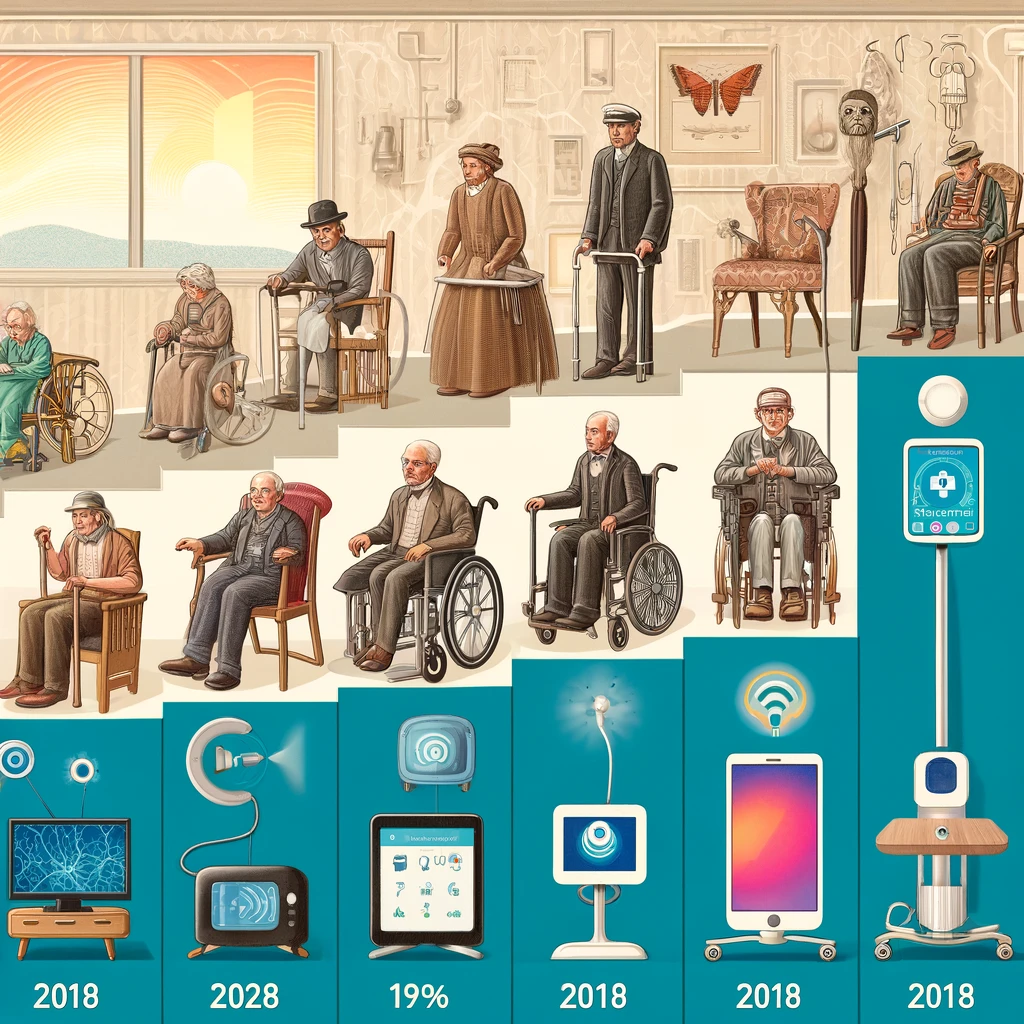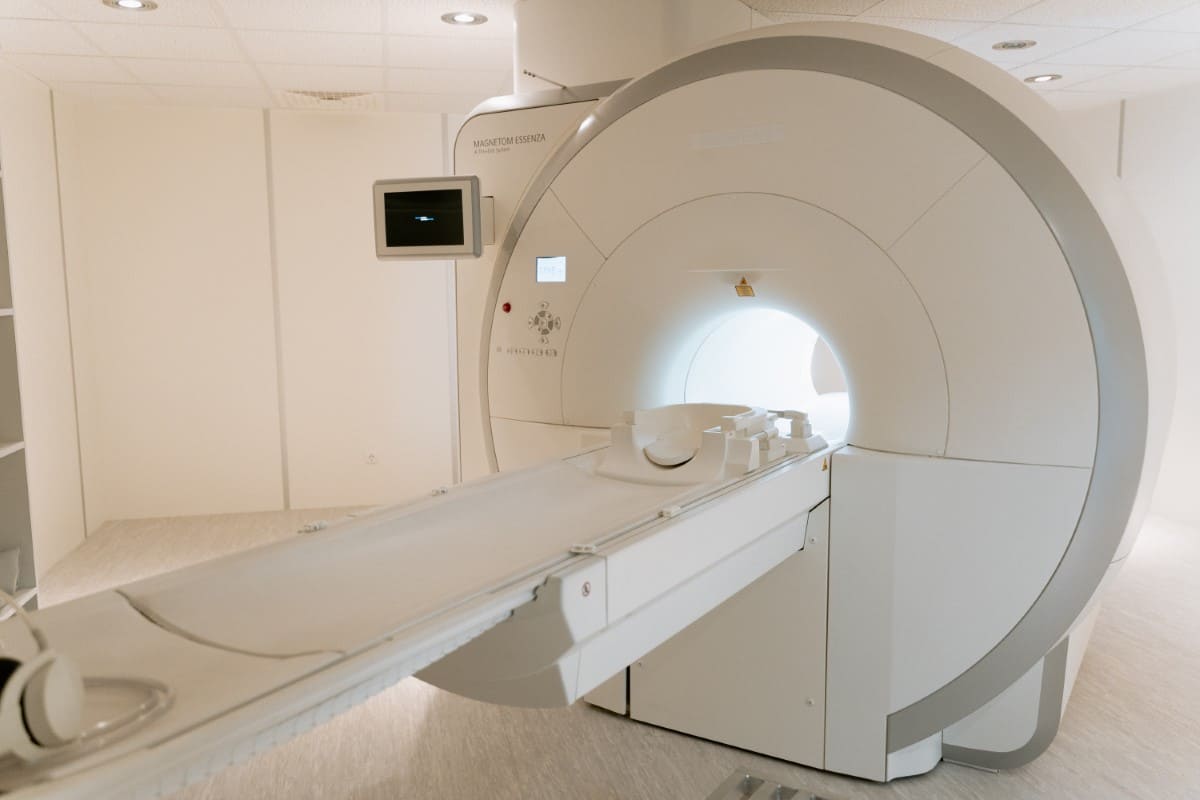
The journey of developing items for the care of the elderly and infirm is a testament to human compassion and technological advancement. From rudimentary aids to sophisticated systems, this evolution reflects our growing understanding of comfort and dignity in caregiving.
Historically, care for the elderly and infirm was simplistic, often limited to basic comfort measures and the support of family members. However, as societies evolved, so did their approach to caregiving. The first significant shift was seen with the introduction of designed furniture, like adjustable beds and chairs, which provided better comfort and practicality in care settings. These were initially simple mechanisms that allowed for basic adjustments to improve the comfort of individuals needing constant care.
As industrialization progressed, there was a marked shift towards more refined solutions. The 19th century brought about innovations such as wheeled chairs, which significantly enhanced mobility for the infirm. These early versions were cumbersome but revolutionary, setting the stage for the development of more efficient and user-friendly designs.
The 20th century witnessed a boom in technological integration, with the introduction of electrically powered devices that could assist in lifting, moving, and adjusting individuals without the need for exhaustive physical effort from caregivers. This period also saw the development of non-invasive gadgets that helped monitor the well-being of individuals, providing peace of mind and freeing up time for caregivers to focus on more direct interaction and care.
In recent decades, the focus has shifted towards creating a more home-like environment in care settings, utilizing technology to make these spaces as comfortable and normal as possible. Innovations in ambient technology, such as smart lighting and temperature control systems, are designed to adapt to the needs of the user automatically, enhancing their living environment subtly but significantly.
Today, the frontier of care-related innovation involves the integration of digital technology. Smart devices that can send alerts and monitor health metrics in real time are becoming commonplace, offering a new level of oversight and safety. Additionally, virtual reality and similar technologies offer therapeutic experiences that were unimaginable just a few years ago, providing comfort and stimulation for the mind and body.
This ongoing progression from manual, simplistic aids to sophisticated, technology-driven solutions not only improves the quality of care but also enhances the quality of life for the elderly and infirm. It is a vibrant area of development that promises to continue improving, driven by advances in technology and a deepening understanding of human needs.
 If there is FemTech, where is MenTech? (10 Men's Health Companies)
If there is FemTech, where is MenTech? (10 Men's Health Companies) IT and life in Barcelona: tax benefits, excellent medicine and life like in a resort
IT and life in Barcelona: tax benefits, excellent medicine and life like in a resort Life in Poland: European Infrastructure
Life in Poland: European Infrastructure What determines the future of UX/UI design in medicine?
What determines the future of UX/UI design in medicine? Telemedicine services Doc+ and Doctor Ryadom have announced a merger — the latter will receive all the developments of both companies
Telemedicine services Doc+ and Doctor Ryadom have announced a merger — the latter will receive all the developments of both companies Automating analytics for a medical clinic using Power BI
Automating analytics for a medical clinic using Power BI
Reviews
Elijah Hubbard
Simply and clearly explained, thanks to the author!
Kaylan Connor
Thank you for the thematic collections! Thanks to the flow, I don't have to spend a lot of time searching for the information I need, it's very convenient, I'm satisfied.